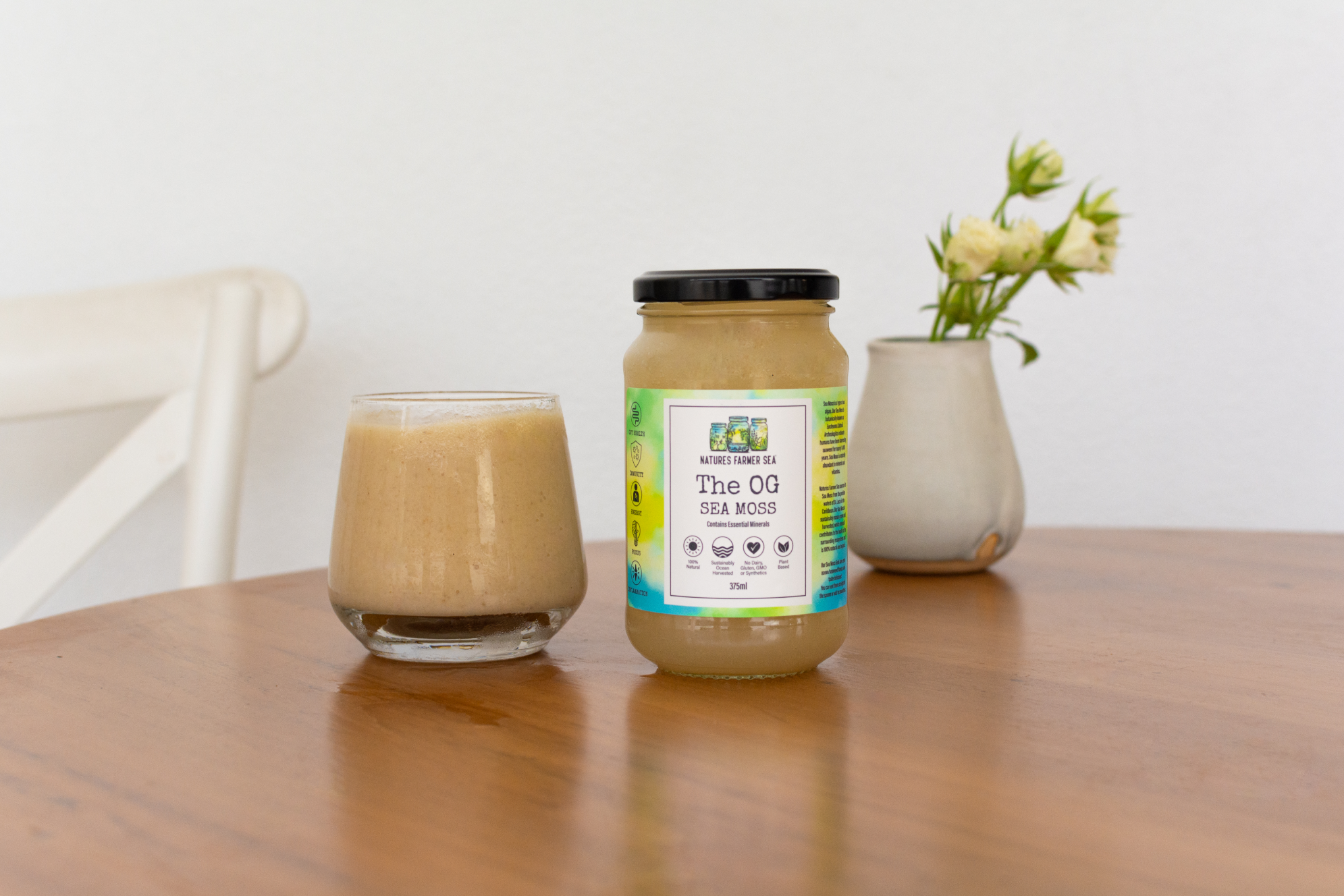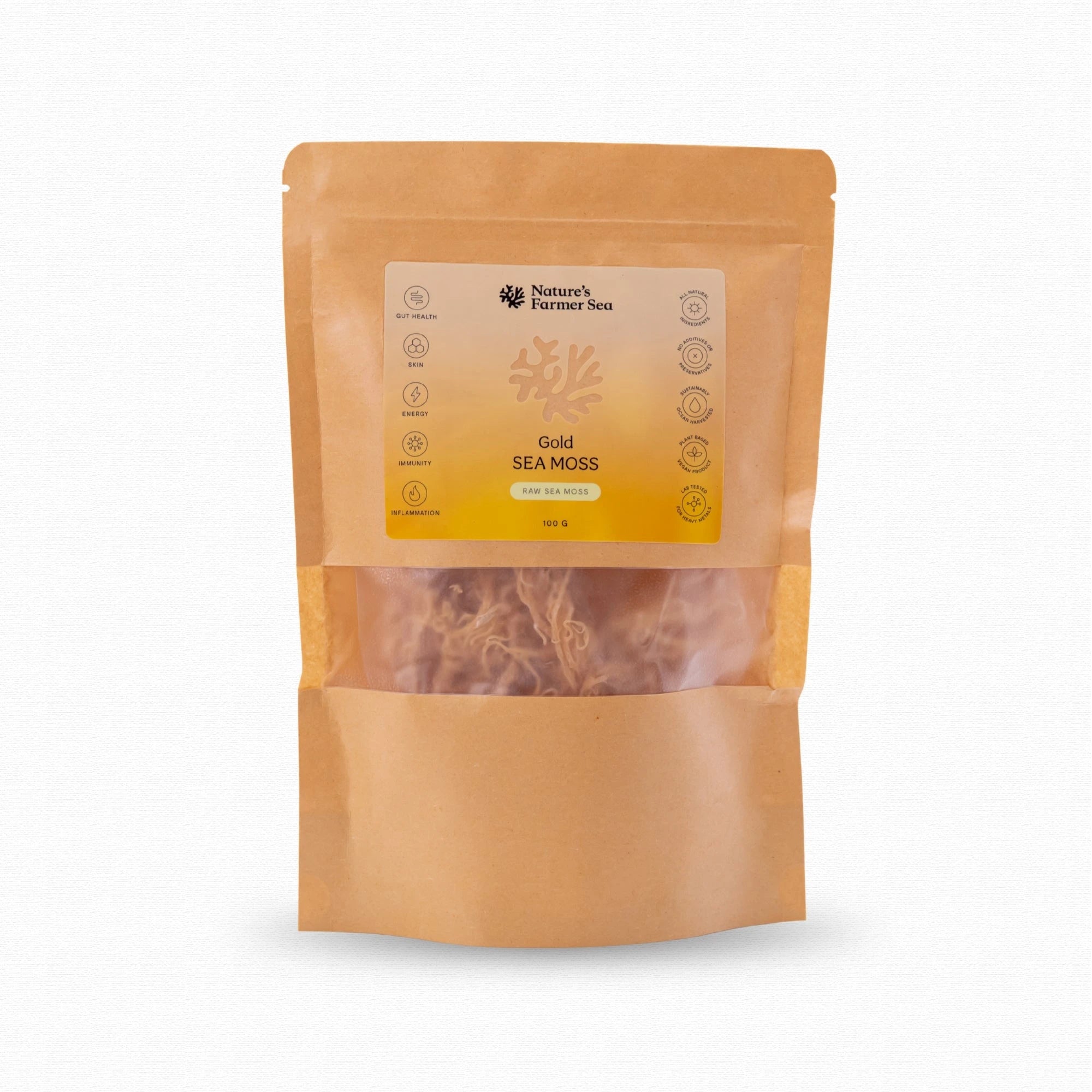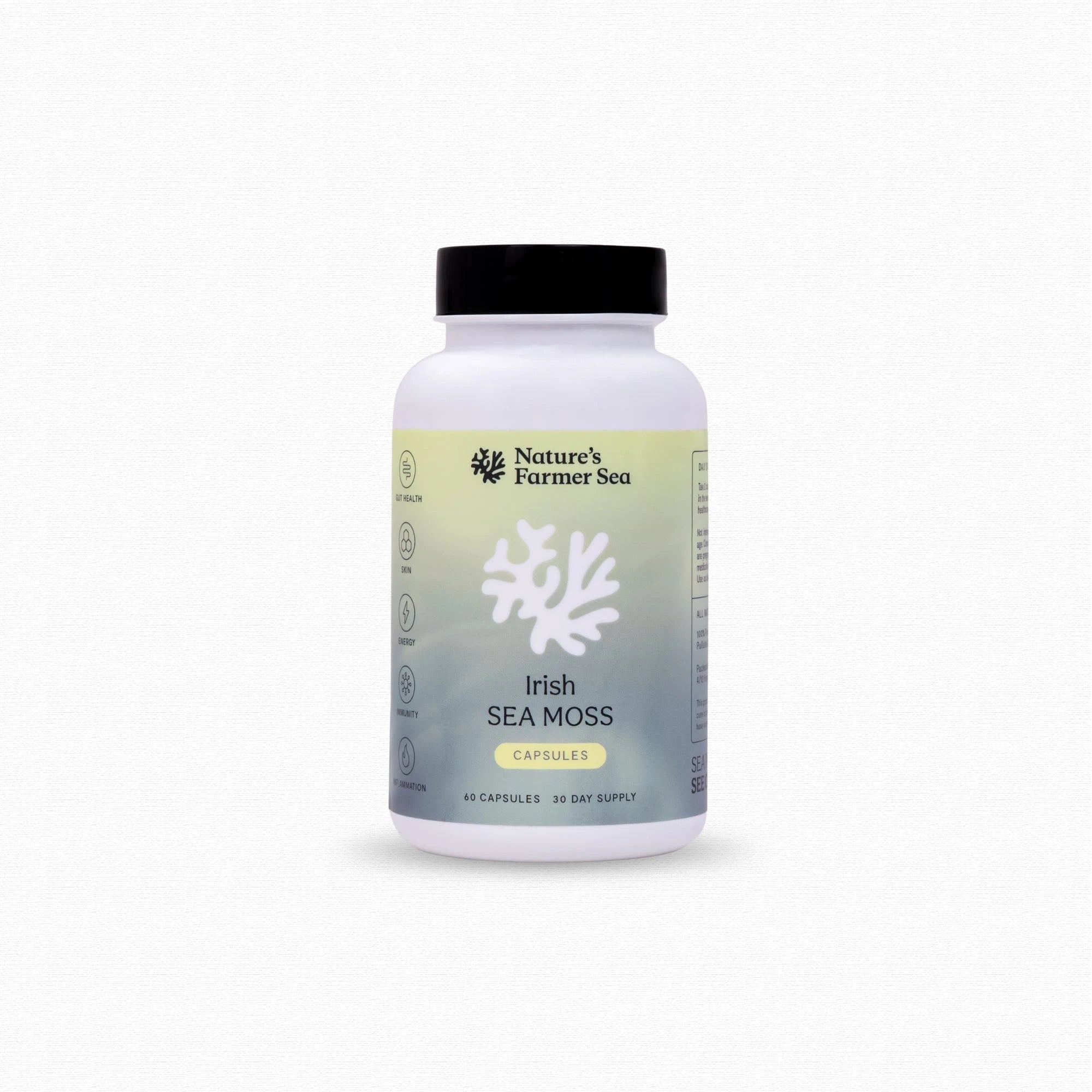Eucheuma Cottonii & Weight Management
Natural Flavour
Seaweed contains kappa carrageenan which is a rich source of soluble fibre.
Soluble fibre dissolves in water and creates a viscous gel which resists digestion in the small intestine and is fermented by gut microbes in the large intestine. We have around 100 trillion gut microbes (that research is currently aware of) that produce and influence enzymes, hormones, vitamins, and chemicals, which must be in an intricate balance for the host to function optimally. When there is a disruption to the balance between beneficial and pathogenic bacteria, this is termed “dysbiosis”.
When focusing on weight management, an increased ratio of non-beneficial bacteria Fermicutes, and dysbiosis with beneficial Bacteroidetes is associated with a higher prevalence of overweight and obesity, favouring fat storage, weight gain and insulin resistance.
Intake of saturated fat from animal products, and excess refined sugar are both associated with a higher ratio of non-beneficial Firmicutes, whereas prebiotic soluble fibres inclusive of Natures Farmer Sea Natural Sea Moss, fruits, vegetables, whole-grains and legumes increase beneficial Bifidobacteria and Bacteroidetes that are protective against pathogenic bacteria, and provide nutrient supply for other beneficial bacteria in the gut.
The largest impact on the gut microbiome comes from the food we consume through our diet. The ability to store and extract energy (calories) from food is partially dependant on our gut bacteria. Soluble fibre not only delays gastric emptying (improving how fast glucose is released after food), but also reduce the absorption of calories in our gastrointestinal tract, meaning that calories are excreted in our stool instead of stored in our bodies. Therefore, rather than focusing on energy intake vs energy expenditure, we need to focus more on energy absorption vs energy expenditure.
This delayed gastric emptying also contributes positively to blood glucose and insulin levels, which are both important in decreasing circulating fatty acids and inflammatory markers, therefore showing merit in weight management and type 2 diabetes.
When dietary fibre is fermented by our gut bacteria, it generates shot chain fatty acids which function in protecting against inflammation, maintains the protective the mucous layer of our gut, and regulates appetite among many more beneficial functions.
Short chain fatty acids promote formation of incretin which regulates the amount of insulin that is secreted after a meal and therefore satiety and delivering energy to the host.
When soluble fibre is fermented in the large intestine, two specific gut hormones are produced. The first is peptide YY (PYY) which rises within 15 minutes following a meal and functions in delaying gastric emptying to promote satiety and fullness, in addition to having an effect on the central nervous system that switches the brain from a hedonic/reward-based pathway, to a homeostatic pathway that decreases desirability for hyper palatable foods.
The second is glucagon-like peptide (GLP-1) which is also released following a meal into our circulation, and aids in improving glucose (sugar) dependant insulin release and delays gastric emptying to promote satiety. The brainstem is an important site of action for GLP-1, as this is where the vagus nerve extends from, in which GLP-1 can mediate energy balance, decrease intestinal inflammation, and promote digestive motility to excrete food through a centrally mediated process.
Support your weight loss journey with our OG and Ginger Ninja Sea Moss Gel.
Related tag: sea moss gel detox
References:
Diharmi, A., & Irasari, N. (2020). Characteristic of carrageenan Eucheuma cottonii collected from the coast of Tanjung Medang Village and Jaga Island, Riau. In IOP Conference Series: Earth and Environmental Science (Vol. 404, No. 1, p. 012049). IOP Publishing.
Lattimer, J. M., & Haub, M. D. (2010). Effects of dietary fiber and its components on metabolic health. Nutrients, 2(12), 1266-1289.
Kaczmarczyk, M. M., Miller, M. J., & Freund, G. G. (2012). The health benefits of dietary fiber: beyond the usual suspects of type 2 diabetes mellitus, cardiovascular disease and colon cancer. Metabolism, 61(8), 1058-1066.
Dent, R., McPherson, R., & Harper, M. E. (2020). Factors affecting weight loss variability in obesity. Metabolism, 113, 154388.
Menni, C., Jackson, M. A., Pallister, T., Steves, C. J., Spector, T. D., & Valdes, A. M. (2017). Gut microbiome diversity and high-fibre intake are related to lower long-term weight gain. International journal of obesity, 41(7), 1099–1105.
Article and Research by Alicia Bevc.




